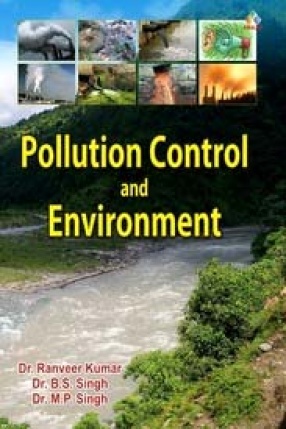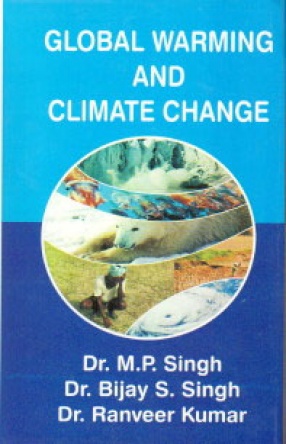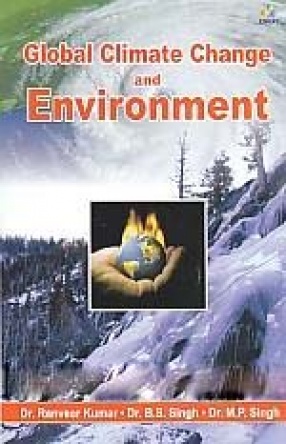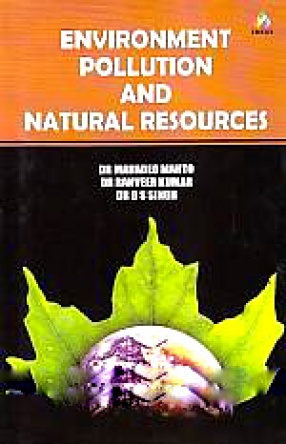
Showing all 5 books





Water pollution is a major global problem which requires ongoing evaluation and revision of water resource policy at all levels. It has been suggested that it is the leading worldwide cause of deaths and diseases and that it accounts for the deaths of more than 14,000 people everyday. An estimated 700 million Indians have no access to a proper toilet, and 1,000 Indian children die of diarrheal sickness every day. Some 90% of China's cities suffer from some degree ...


Pollution is the introduction of contaminants into a natural environment that causes instability, disorder, harm or discomfort to the ecosystem i.e. physical systems or living organisms. Pollution can take the form of chemical substances or energy, such as noise, heat or light. Pollutants, the components of pollution, can be either foreign substances/energies or naturally occurring contaminants. Pollution is often classed as point source or non-point source ...

The world has become warmer in the last 50 years mostly due to human activities. The global temperature may increase by between 1.4 to 5.8 C with such consequences as rising sea level and amount and pattern of precipitation. These may also manifest in extreme whether condition such as global retreat floods droughts heatwaves, hurricanes, cyclones and tsumaric. All these may lead to extinction of many species and unintended consequences on human lives. Despite ...

This introduction to Global Climate Change explains very briefly what has been happening to the world's climate and why, and what is projected to happen in the future. While this report focuses on climate change impacts in the United States and other countries in the world, understanding these changes and their impacts requires an understanding of the global climate system. Many changes have been observed in global climate over the past century. The nature and ...
